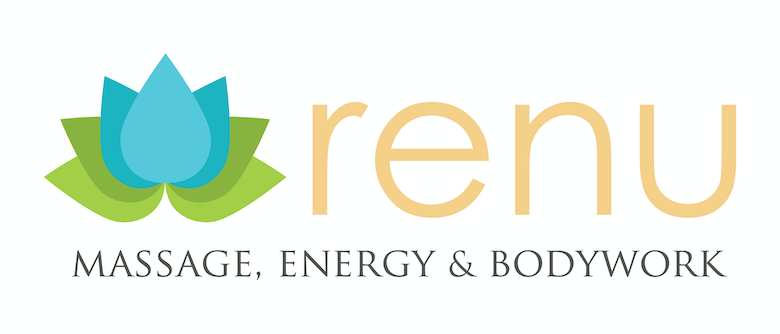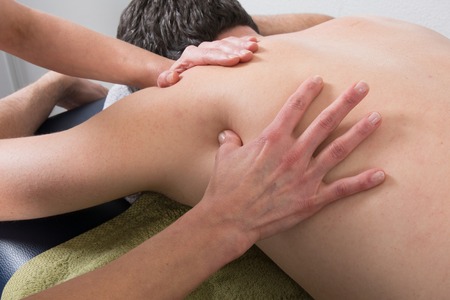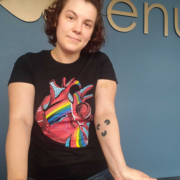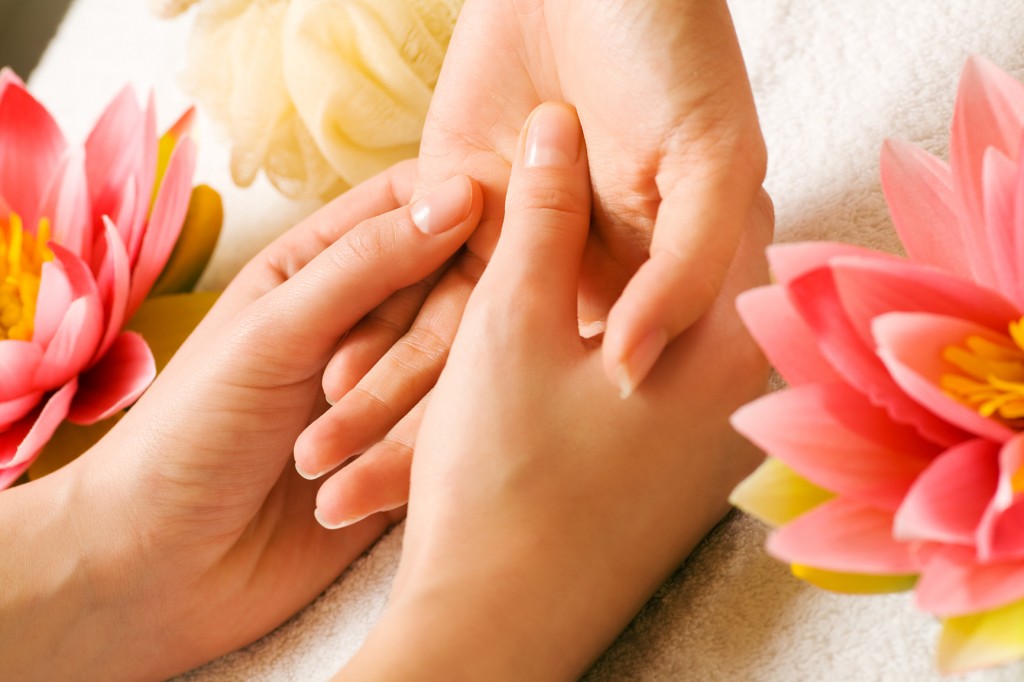Delve deeper into your muscle restrictions with cupping therapy
Often in life it seems that returning back to basics can be the best plan. Cupping therapy has been used by ancient indigenous tribes across several continents as well as by the ancient Egyptians and the ancient Chinese. Traditional Chinese Medicine (TCM) has been around for thousands of years and still utilizes cupping therapy today as part of regular medical treatment for pain and disease. It has gained recent stardom from celebrities who have tried it, and was even talked about by Gwyneth Paltrow with Oprah about how amazing it feels. So what is this cupping therapy? 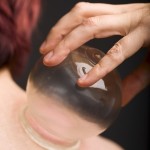
Cupping therapy uses suction to create negative pressure above the surface of muscular and epidermal tissues. The result is that restrictions and adhesions in the muscles are more easily released than through compression techniques utilized in traditional massage and bodywork therapies. Cupping therapy can also reach more deeply into the tissues than can a therapist’s hands. Blood flow is increased to the affected area, and blood vessels widen when the muscles relax, and the nervous system is also stimulated, which helps the body recover from pain.
Therapists can achieve results much more quickly through cupping therapy than with traditional compression, and can quite often alleviate chronic, long-term pain quite rapidly, sometimes even in just a few sessions. Cupping therapy is great for shoulder pain, low back, hip, or sciatica pain, or really any joint or fascial pain that you may be dealing with (knee, wrist, plantar fasciitis, and more). Even numbness from nerve restrictions can be alleviated from cupping therapy.
Blood and lymph might be stagnant in the areas of muscle restrictions (kind of like a traffic jam), along with a build up of waste products from the lack of oxygen in the restricted tissues, and those will all get pulled to the surface of the skin, so there may be some coloration after a cupping therapy session that will go away over the next several days to a week. Don’t be alarmed! It might look like a bruise but it most certainly is not – no capillaries get broken with cupping therapy. Rather, fluids are being pulled through the restricted tissues so that they can then be moved by the circulatory and lymph systems – those wast products can then finally get processed where they belong.
Cupping therapy is also utilized in conjunction with TCM to treat a variety of diseases, and it works very well with respiratory conditions. Cups are placed along specific acupressure points to achieve specific results based on the TCM diagnosis. So beyond working with your blood, lymph, and nervous systems, we can also work with your Qi and energetic meridians with cupping therapy (if your practitioner has been trained in TCM). And that coloration we mentioned before? Each type of color that surfaces means something different in TCM as to what is going on with the body.
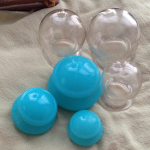 Cupping therapy is widely performed by acupuncturists, and is becoming more commonly practiced by massage and bodywork therapists. Look for a practitioner who has studied Asian Bodywork and/or Eastern medicine and who has received training in cupping therapy. Contraindications do exist, application methods do matter, and it is important to select a practitioner who has been trained to treat you properly.
Cupping therapy is widely performed by acupuncturists, and is becoming more commonly practiced by massage and bodywork therapists. Look for a practitioner who has studied Asian Bodywork and/or Eastern medicine and who has received training in cupping therapy. Contraindications do exist, application methods do matter, and it is important to select a practitioner who has been trained to treat you properly.
